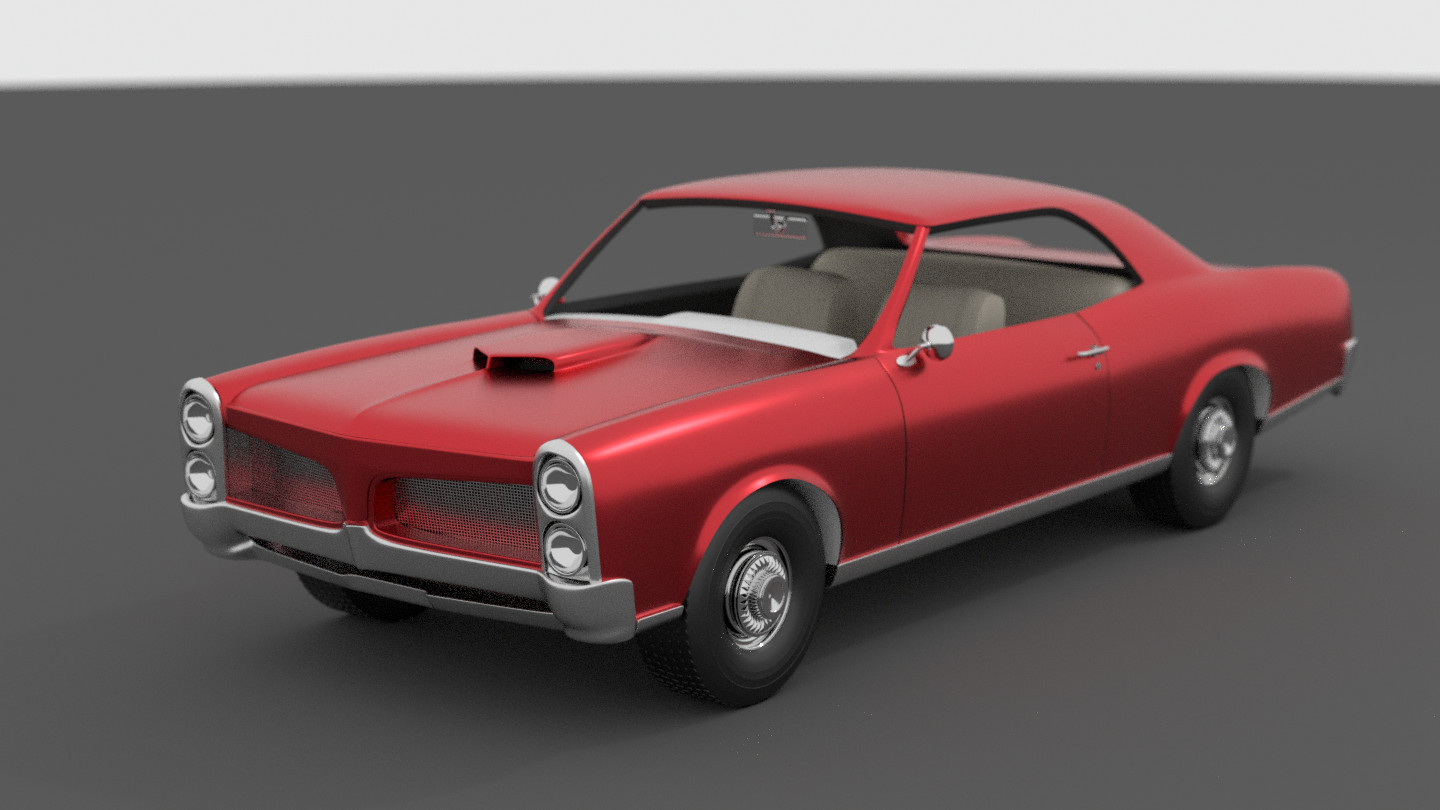I've been away from Psychopath for a while working on other projects, but recently I stumbled upon a blog post by Yining Karl Li, entitled "Mipmapping with Bidirectional Techniques". In it, he describes his solution to a problem I've been pondering for a while: how to handle texture filtering in the context of bidirectional light transport.
The problem essentially comes down to this: texture filtering should be done with respect to the projected area on screen, but when tracing rays starting from a light source you don't know what that projected area is going to be yet. In Psychopath's case it's even worse because it applies not just to texture filtering but also to dicing rates for geometry. In Psychopath you can't even calculate ray intersections without a filter width. So this problem has been bugging me for a while.
Yining explores an approach to this problem that I've also considered, which is to have the filter width simply be independent of the rays being traced. In other words: screw ray differentials, just use camera-based heuristics. The benefit of this approach is that every point on every surface has a single well-defined filter width, regardless of where rays are coming from or how they're being generated. The down side is that there are circumstances (such as magnification through a lens) where those filters become too blurry.
These are all things I've thought about before, and I've gone back and forth many times about how I want to approach this. However, Yining's post also linked to a paper from Weta Digital about their renderer Manuka. And that sent me down a rabbit hole that has me reconsidering how I want Psychopath's entire architecture to work.
Read more...

